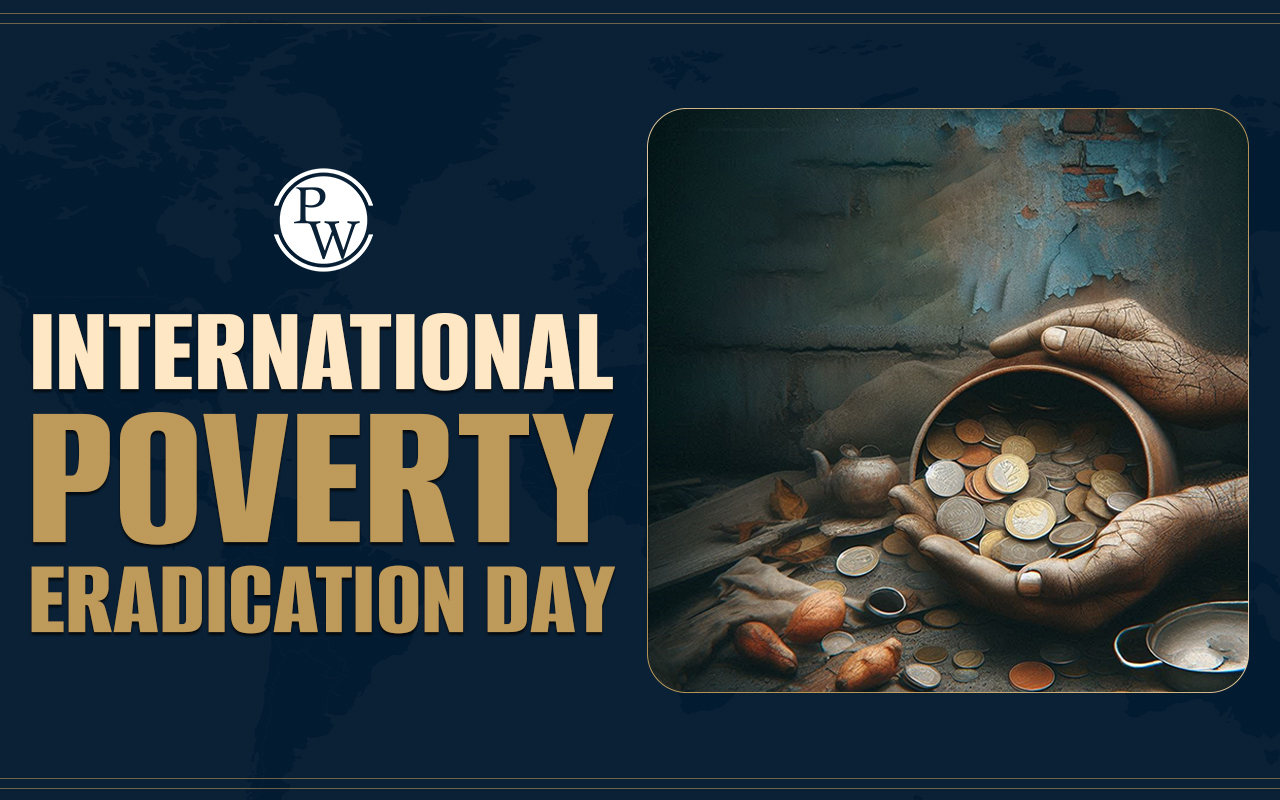

Parambikulam Tiger Reserve is a protected forest landscape. This tiger reserve is famous for its biodiversity and ecological significance. It is situated in Kerala and shares a boundary with Tamil Nadu. The reserve lies in the Anamalai Hills of the Western Ghats. This forest stretch is known for its tiger population, valuable tree cover, and its role in maintaining ecological balance in southern India. It also contains tribal communities that live within the reserve. This feature makes this tiger reserve an interesting study of coexistence between people and nature.
For students preparing for UPSC, Parambikulam Tiger Reserve is relevant across multiple areas of the syllabus. It features topics on environment, biodiversity conservation, and geography. Moreover, it is a part of current affairs updates in UPSC examinations due to tiger census data, eco-tourism models, and tribal participation in forest management. Understanding the hydrology, wildlife diversity, and socio-cultural aspects of Parambikulam can help aspirants learn aspects related to ecology, society and governance.
Parambikulam Tiger Reserve Overview
Parambikulam Tiger Reserve was officially declared in 2009. Today, it spans around 644 square kilometres. It is located in the Palakkad and Thrissur district of Kerala, while also sharing boundaries with the Anamalai Tiger Reserve in Tamil Nadu. This continuous forest corridor supports large carnivores such as tigers and leopards to provide them with a safe habitat and access to prey.
Here, the vegetation ranges from tropical evergreen and semi-evergreen to moist deciduous forests. The Parambikulam reserve is known for its teak and rosewood plantations, which include the famous Kannimara teak, one of the oldest and tallest teak trees in the world. Hydrologically, Parambikulam is important for UPSC aspirants, as it has reservoirs such as Parambikulam Dam, Peruvaripallam Dam, and Thunacadavu Dam. These dams form an integral part of irrigation and water storage in the region. The rivers Parambikulam, Sholayar, and Thekkady flow through the forest.
Additionally, the tribal communities inhabiting the reserve include the Kadar, Malasar, Muthuvan, and Malamalasar groups. Their traditional practices and participation in eco-tourism initiatives have created a model of community-led conservation. For UPSC aspirants, this offers examples of sustainable development, people’s participation in conservation, and forest management policies that connect biodiversity protection with livelihood security.
|
Parambikulam Tiger Reserve Overview |
|
|---|---|
|
Feature |
Details |
|
Location |
Kerala, Palakkad District and parts of Thrissur district |
|
Declared as Tiger Reserve |
2009 |
|
Area |
Around 644 sq km |
|
River Systems |
Parambikulam, Thekkady, Sholayar |
|
Number of Tigers |
An estimated 57 (latest census reports) in Parambikulam–Anamalai complex |
|
Adjacent Landscape |
Anamalai Tiger Reserve (Tamil Nadu) |
Note: The above-mentioned figures are drawn from official government records and Project Tiger reports are available in public domain sources.
Importance of Parambikulam Tiger Reserve for UPSC
For UPSC, Parambikulam reserve serves as both a static and current affairs topic. In Prelims, questions usually focus on its location, rivers, or vegetation. In Mains, it may be cited as a case study for topics on biodiversity conservation, tribal rights, or eco-tourism models.
Aspirants should link this reserve with broader initiatives such as Project Tiger, the Wildlife Protection Act, and India’s commitments to global biodiversity agreements. Since it lies within the Western Ghats, also a UNESCO World Heritage Site, questions often connect Parambikulam with themes of global ecological importance.
Furthermore, the role of local tribal communities in managing eco-tourism projects inside the reserve is an example of participatory forest governance. Students should highlight such models in Mains answers, as they demonstrate practical approaches to conservation that combine ecology with human welfare.
Parambikulam Tiger Reserve Question Types
Parambikulam Tiger Reserve UPSC frequently appears in both Prelims and Mains due to its ecological value and location in the Western Ghats. Students preparing for Prelims are often tested on factual details such as rivers, districts, and biodiversity. They can be asked questions like Parambikulam Tiger Reserve Is Located In Which State, etc. At the same time, the mains papers use it as a case study in conservation, community participation, and sustainable forest use. Its presence in interviews and essays shows that aspirants should connect both static knowledge and current developments when studying this reserve.
|
Weightage of Parambikulam Tiger Reserve |
||
|---|---|---|
|
UPSC Paper |
Type of Questions Asked |
Relevance Level |
|
Prelims |
Facts on location, rivers, and biodiversity |
High |
|
Mains (GS III) |
Conservation measures, eco-tourism, community involvement |
Moderate to High |
|
Essay Paper |
Themes on environment and biodiversity |
Moderate |
|
Interview |
Current status, tribal community participation, conservation challenges |
Moderate |
Note: Relevance levels indicate frequency of appearance in UPSC material and past question trends, which help candidates prioritise study areas.
Parambikulam Tiger Reserve FAQs
Parambikulam Tiger Reserve In Which State?
What is the number of tigers in Parambikulam Tiger Reserve?
What is Parambikulam Tiger Reserve River?
Parambikulam Tiger Reserve Which District covers it?
Why is Parambikulam Tiger Reserve relevant for UPSC aspirants?













